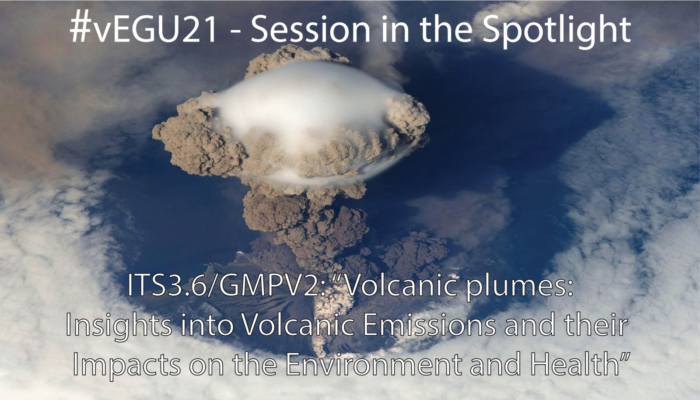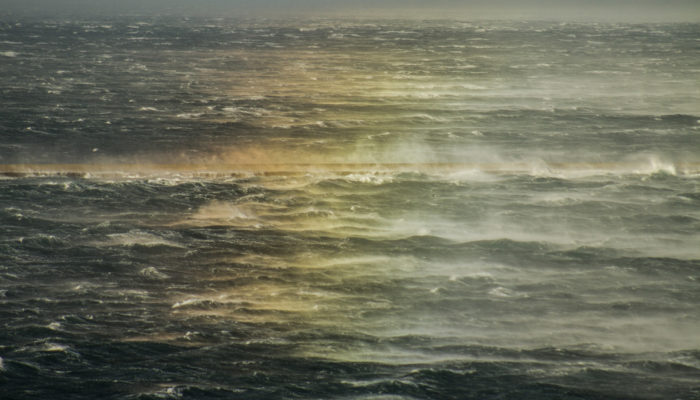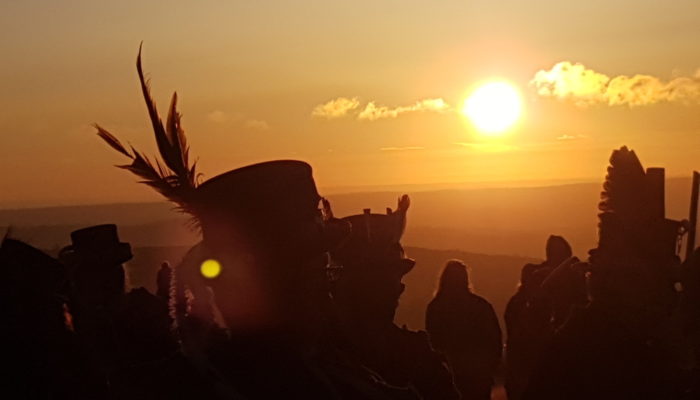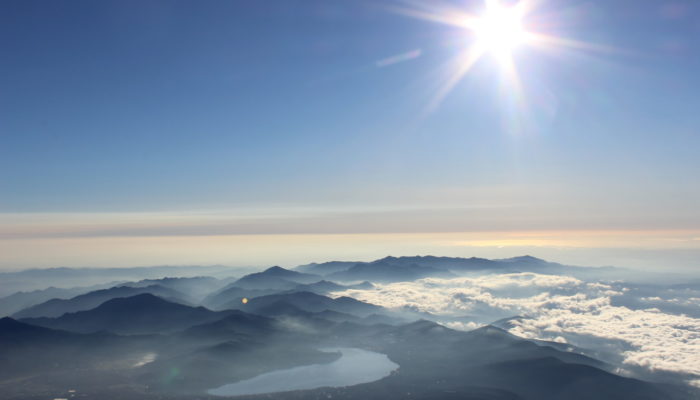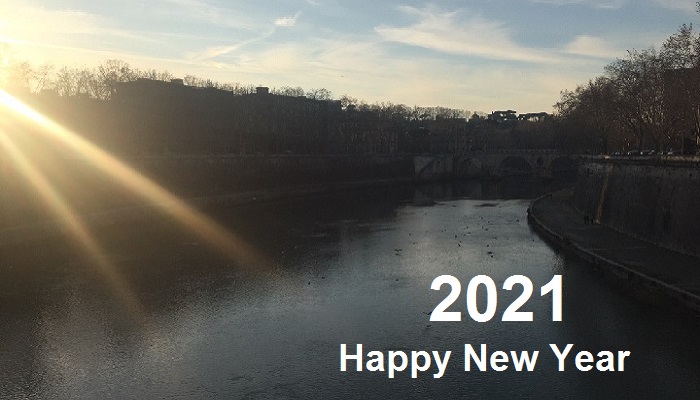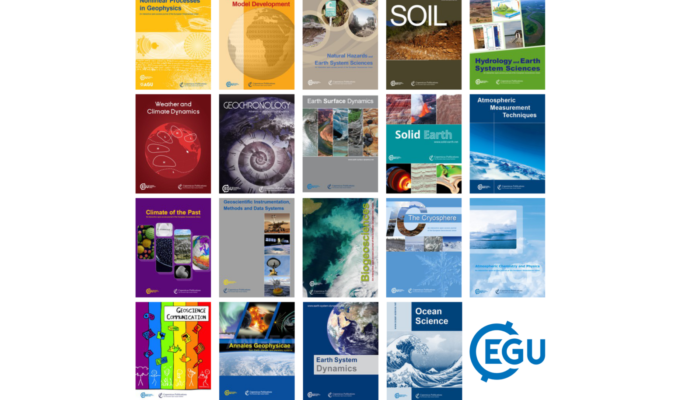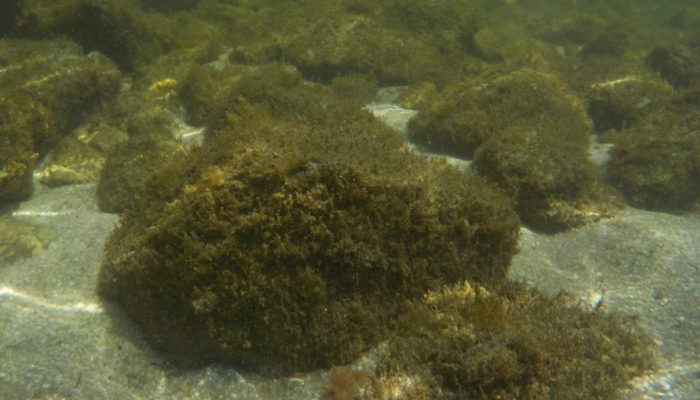Close your eyes. What time is it? Is it still Tuesday? Oh, the calendar… Has 2021 started already? And, how are you? Yes, you! Sincerely asking, how are you? To anyone asking this question, the expected reply is usually simple and short. Nothing complicated here – you are either feeling good or bad (although some fuzziness is kindly welcome too). Personally, I often opt for a deep and detailed re ...[Read More]
If you didn't find what you was looking for try searching again.
Biogeosciences
vEGU21 BG2 – Methods in Biogeosciences: Stable isotopes & novel tracers
The deadline for vEGU21 abstract submission is getting closer and you are still wondering where to submit your abstract before January 13? Why not try one of the stable isotope sessions of BG2 – Methods in Biogeosciences: With Stable isotopes and novel tracers in biogeochemical and atmospheric research (Co-organized by BG2.2/AS4) Getachew Adnew, Jan Kaiser, Alexander Knohl and Lisa Wingate) call f ...[Read More]
Geochemistry, Mineralogy, Petrology & Volcanology
#vEGU21 – Session in the Spotlight: Volcanic Plumes: Volcanic Emissions and their Impact on the Environment and Health
Today we are highlighting session ITS3.6/GMPV2: “Volcanic Plumes: Insights into Volcanic Emissions and their Impacts on the Environment and Health”, organised by Pasquale Sellitto (Paris), with Amy Donovan (Cambridge), Emily Mason (Cambridge), Tjarda Roberts (Orleans) and Giuseppe Salerno (Etna Observatory). Find their session and submit an abstract here! The convenors say: Volcanoes r ...[Read More]
Biogeosciences
vEGU21 BG sessions in the spotlight: deep time to recent past
The deadline for vEGU21 abstract submission is coming closer – here is the second blogpost where we highlight a few sessions across the five BG themes, today from the General Biogeosciences sessions pool and with a focus on deep time and the recent past. To foster a discussion of the reconstruction of ecological baselines and natural range of variability for a better understanding of the lon ...[Read More]
Biogeosciences
vEGU21 BG sessions in the spotlight: social geosciences, resilience and policy making
The deadline for vEGU21 abstract submission is coming closer – over the course of the next two weeks, we highlight sessions across the five BG themes, starting with General Biogeosciences sessions focused on social geosciences, community and earth resilience, health and urban systems and geoscience knowledge transfer to policy and society. With Social Geosciences: A New Paradigm to Character ...[Read More]
GeoLog
Top 5 GeoLog posts of 2020!
Happy New Year!! 2020 has been a pretty relentless and turbulent year – and a lot has happened. Here at EGU headquarters (currently spread across our staff’s several homes) we all know how much we owe to you, our members, followers and friends, this year, through all the highs and the lows. We honestly could not have made it through without our wonderful community – and yo ...[Read More]
Hydrological Sciences
2020 Recap of the HS Blog
It may seem strange to stop and look back on 2020. What a complicated year it was! We may however enjoy talking about good things that also happened this year. There may be many things we wish we coud have done (or done differently). We all missed our annual GA in Vienna, and learned how to chat and move on with communicating our research within the new concept of online meeting offered by the SGO ...[Read More]
GeoLog
The most-read EGU journal articles in 2020!
This year EGU published more than 3,300 peer-reviewed articles in our 19 Open Access journals. Upon learning about this impressive number of articles, which equates to just over 61,000 journal pages, we wondered: which of these were the most popular? You can find out in the following list of the most-read article for each EGU journal. From the substructure of extremely hot summers and the potentia ...[Read More]
Biogeosciences
At the heart of biogeochemistry: pH change interpretation & open peer-review
The utility of logarithmic scales is nothing new to scientists – yet, sound interpretation of pH changes when comparing settings with different initial pH can be challenging. This blogpost highlights a manuscript by Fassbender et al. [1] that was recently submitted to the journal BG and is currently under open peer review. The pH scale was first published by Søren Peter Lauritz Sørensen in 1909 [2 ...[Read More]
Tectonics and Structural Geology
TS Must-Read – Sibson (1977) Fault Rocks and Fault Mechanism
The paper “Fault Rocks and Fault Mechanisms” by R. H. Sibson (1977), was one of the first studies that established major connections between the rocks that form in faults, and their conditions and mechanics during formation at crustal scale. Concretely, Sibson (1977) established: 1.) links among the textures and lithologies that develop along fault zones (fault rocks), 2.) the rheological and crus ...[Read More]



